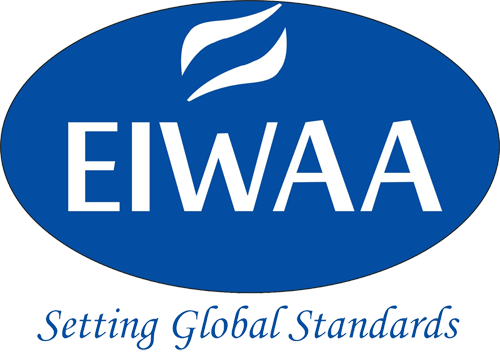
WATER BAG LOAD TEST
EIWAA is one of the offshore service providers for the third-party inspection and certification services of cranes, including health checks and proof load testing. Annual, periodic, and 5-yearly inspections of all types of marine work equipment and cranes should undergo thorough examination of health check monitoring, proof load testing, NDT examination, and pull testing to verify the structural integrity. Water Weights load testing services are ideal for heavy lifting inspection and other work equipment inspection in offshore and marine environments where solid test weights are not practicable. Offshore crane inspection and periodic survey include load testing and health check monitoring of ship onboard cranes, cargo handling cranes, provision cranes, deck cranes, jib cranes, rescue boat davits, and lifeboat davit cranes. Safe working load verification of cranes and equipment shall comply with the marine classification guidelines of ABS, DNV, BV, LR, NK, and RINA. Water weights load testing of marine equipment includes cranes (main and auxiliary hooks), derrick booms, gangways, winches, launch and rescue systems (LARS), ramps, hoists, cargo grabs, lifting beams, and lifeboat release gears.
By using water bags and water weights, allow gradual filling of water in incremental load stages by reducing the risk of sudden overload, shock load, and structural failures. Lifting inspection standards and codes for the heavy lifting inspection and pedestal crane load testing services are as follows:
- API 2C: Specification for offshore pedestal-mounted cranes focused on design, construction, inspection, testing, and maintenance. Lifting inspection criteria is functional and dynamic load testing of cranes after major repair or modification or 5 years, whichever is less. Thorough examination of SWL and health check monitoring is mandatory every year of service.
- LOLER: Lifting Operation and Lifting Equipment Regulation 1998 specifies the requirements of inspection, testing, thorough examination, and certification by a competent person periodically, before in-service and/or major repair or overhaul.
- DNV-ST-0378: DNV Standard for Offshore and Platform Lifting Appliances specifies the requirement of design and proof load certification during commissioning and/or major repairs.
- ABS Rules: American Bureau of Shipping (ABS) Guide for Inspection, Certification, Design, Manufacturing, and Testing of Lifting Appliances through static and dynamic load testing by calibrated water bags and water weights.
- Lloyd’s Register (LR) Rules: All the lifting appliances and offshore cranes shall undergo load testing, inspection, and thorough examination before first use, repair, or alteration that will affect the structural integrity. LR Rules specify the requirements of LAME, IMO, and SOLAS regulations.
- RINA Classification Rules of ships: RINA Class rules for marine crane inspection, onboard crane inspection, ship crane inspection, etc. Specifies the periodic survey requirements of working load, test load, and proof load of transship crane and cargo handling crane.
- NK Classification Rules of ships: TEC-1340 specifies the requirements of the load testing procedure, responsibilities, and documentation based on the guidelines of MSC 1/Circ 1663.
WATER WEIGHTS LOAD TESTING
Water weights load testing services specify the marine equipment testing of derricks, A-frames, davit arms, winches, cargo handling units, cargo gears, and helideck netting systems. Lifting plan and rigging plan preparation are quite important for safe rigging and towing operations. Water weights are certified and meet the requirements of ship classification rules of ABS, DNV, BV, and others. Post-testing and inspection of pedestal cranes are mandatory by nondestructive testing and NDE evaluation by class-approved NDT surveyors of EIWAA.
